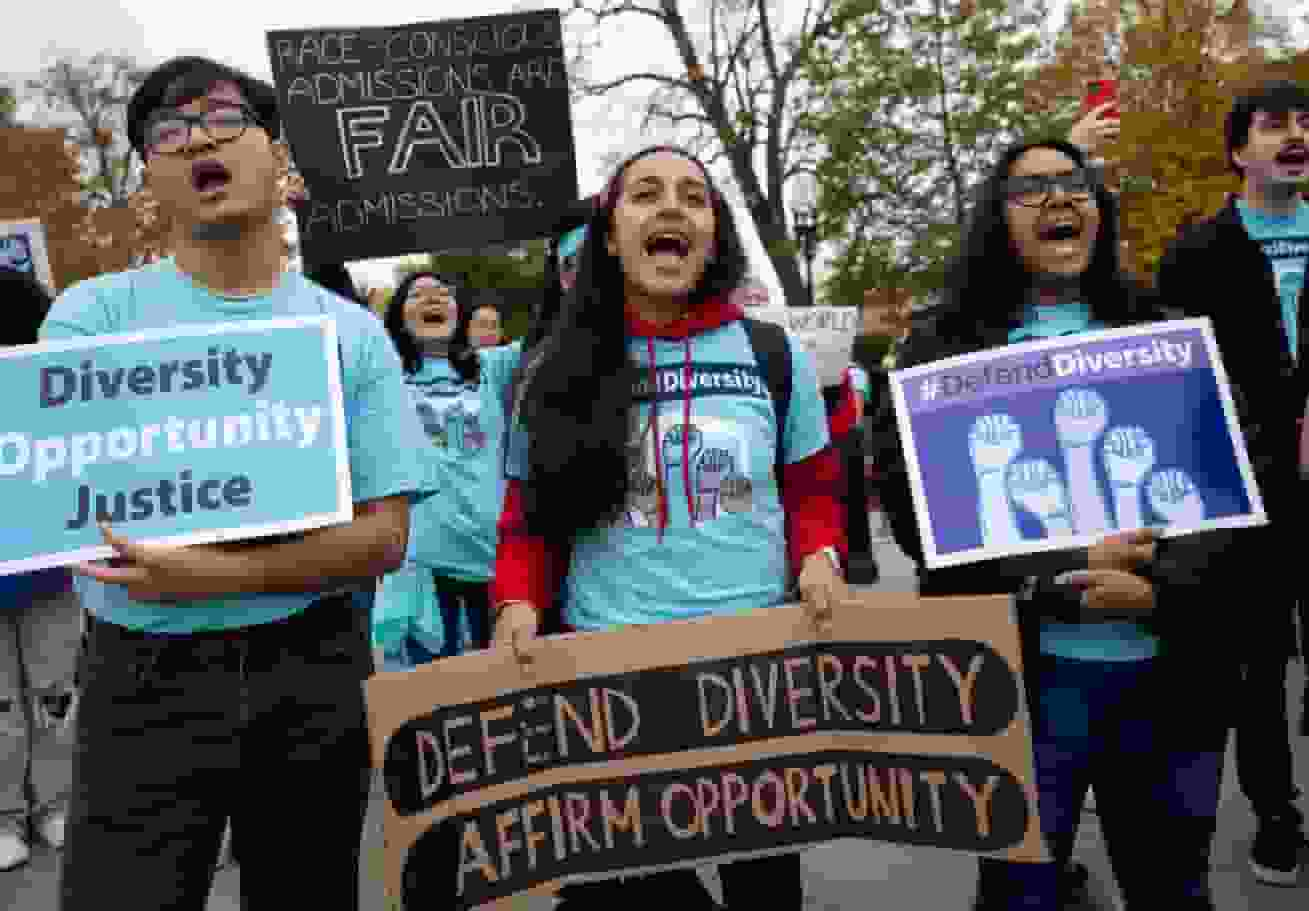
The US Supreme Court is debating whether universities can keep using affirmative action, or the use of race as a factor in admissions decisions.
Below is information regarding the policy, its background, and the potential effects of the court’s ruling.
Affirmative Action’s Impact On College Students
Often, affirmative action in the context of higher education refers to admissions policies. Colleges that do so claim to do so as part of a comprehensive evaluation of an applicant’s application, which includes grades, test results, and extracurricular activities.
Racial discrimination in admissions is intended to broaden the diversity of students. Colleges also run recruitment drives and offer scholarships to increase diversity, but the Supreme Court case focuses on admissions.
While many colleges do not disclose details about their admissions processes, considering race into account is more typical among selective schools that turn away most of their candidates.
In a 2019 survey conducted by the National Association for College Admission Counseling, 24.6% of schools reported that race played a “considerable” or “moderate” role in admissions, whereas more than half reported that race played no role at all.
Nine states, including Arizona, California, Florida, Idaho, Michigan, Nebraska, New Hampshire, Oklahoma, and Washington, have banned the use of race in admissions policies.
The court is examining two arguments brought by Students for Fair Admissions, a group helmed by Edward Blum, a conservative legal strategist who has spent years battling affirmative action.
In the 1978 landmark decision Regents of the University of California v. Bakke, the Supreme Court took up the matter when colleges began utilizing affirmative action to remedy the consequences of segregation in reaction to the Civil Rights era.
Judge Lewis Powell decided that institutions could not utilize affirmative action to address previous racial prejudice and struck down the university’s practice of reserving a specific proportion of positions for minorities.
Yet, he determined that promoting campus diversity was a “compelling interest” since students of all races not just minorities would obtain a better education if they were exposed to other points of view.
He held that schools might consider race in admissions so long as it was only one of many factors. In 2003, the court ruled that the University of Michigan’s use of a system that awarded “points” to minority candidates was excessive, but upheld Bakke’s key conclusion that institutions may utilize race as one of several admission factors.
In two 2016 instances that challenged the University of Texas admissions rules, the court supported the practice once again.
Read more: Energy Assistance Program: How to qualify for financial assistance?
Potential Consequences

The court could opt to keep the current system, prohibit race-based admissions entirely, or settle on a compromise, such as stricter restrictions on the practice.
A decision prohibiting affirmative action would require elite universities to reevaluate their programs and seek alternative methods to promote diversity. According to numerous schools, alternative measures will not be as effective, resulting in fewer minority students.
Both the University of California and the University of Michigan filed briefs with the court. Leading public school systems from states that have outlawed race-conscious admissions stated that they have spent hundreds of millions of dollars on alternative programs intended to increase diversity, but that these efforts have fallen far short of their objectives.
Read more: North Carolina: 600,000 Medicaid expansion approved by lawmakers

